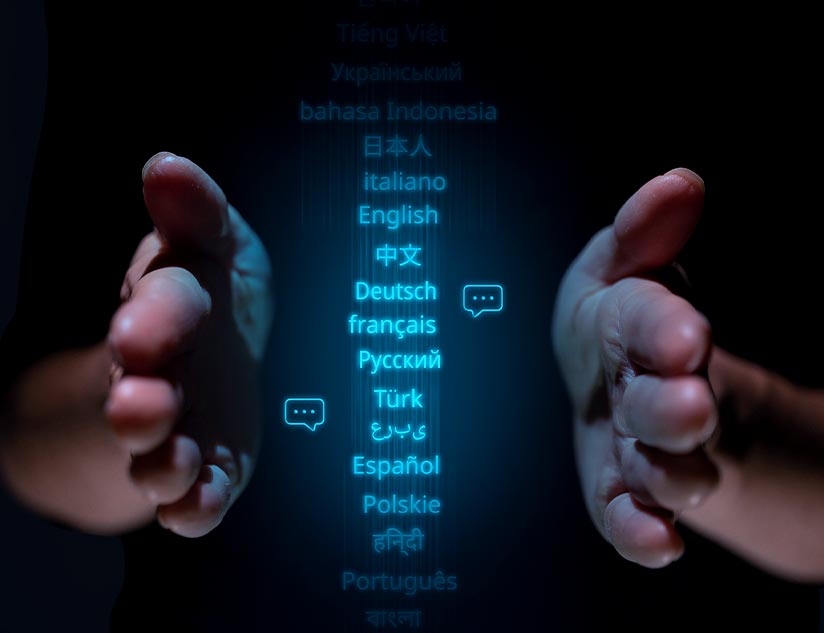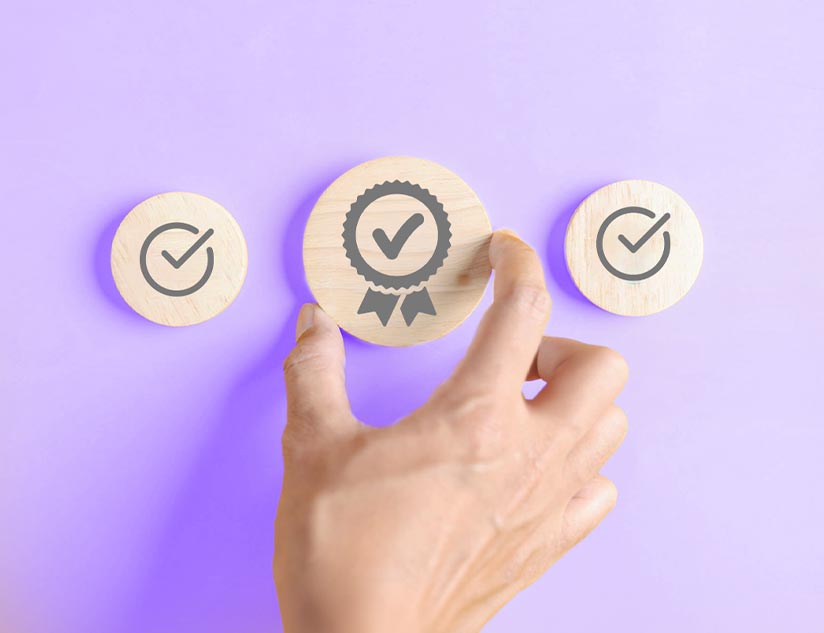Spending on the K-12 edtech market is forecasted to expand at a CAGR of 25.2% to reach $132.4 billion from 2023 to 2032. Innovation in educational technology and cut-throat competition are expected to drive the demand for K-12 learning solutions. The top priorities of the learning industry are accessibility, equity, and inclusivity via intuitive educational platform. EdTechs must focus on elevating educational offerings and experiences via digital learning platforms that allow them to offer future-proof features and functionalities.
Allocating time and resources to meet the demands of the maturing market instead of using patchwork solutions to maintain legacy systems with disparate educational tools is paramount. Providers who deliver innovative solutions and address the needs of users from diverse socioeconomic backgrounds and geographies can gain a competitive edge in the evolving learning landscape.
The Problem with Platform Maintenance
The education industry is past the stage of a wave of change. It is heading toward a seismic shift. Legacy digital education models that use disparate, siloed tools have become obsolete. Digital learning platforms with ad hoc integration of educational tools not only deteriorate user experience but pose numerous maintenance challenges for the educational institute, such as:
Resource Drain
Allocating people and technology resources to improve legacy learning platforms takes attention away from keeping up with the regulatory, technological, and customer demand changes. Human-resource-intensive processes are slow and error-prone, leading to the need for corrective rather than progressive work. This stifles innovation on the educational platform, necessary to gain a competitive advantage.
Technical Limitations
Education technology has significantly evolved from using digital whiteboards in a classroom to hand-held devices with learning tools accessible at one’s fingertips. The advent of AI and virtual reality, combined with cloud and analytics technologies, have opened fresh avenues of growth. Outdated educational platforms restrict edtechs from optimally translating the benefits of advanced technology into revenues.
Competitive Loss
Disconnected user experiences and difficulties in seamlessly integrating digital learning tools lower usability and, therefore, the chances of educational platform adoption. They limit the agility of edtechs in responding to market needs and capturing emerging opportunities.
Together, these factors significantly affect budget allocations for innovation, research, and growth. Maintenance takes away a significant share of decision-maker time and mind space, as well as requiring massive technician effort, leaving little to no room for the edtech to work on enhancing competitiveness.
Benefits of Focusing on Innovation
The demand for educational platforms is expanding rapidly across the K-12, higher-ed, and corporate segments. EdTechs can capitalize on emerging opportunities by staying agile and proactively responding to market needs.
Dedicating resources to product innovation is key. It offers market advantage and simultaneously instills agility to respond to market needs better. For instance, migrating to the cloud can streamline data management and reduce the time and resources required for analytics. A single source of truth improves data practices across the organization. It allows processes to shift to customer-centricity by leveraging engagement insights and user feedback.
EdTech adoption is heading towards evidence-based decision-making, with an increased focus on mental health. Combining the two can open multiple opportunities for educational technology providers. Innovative solutions to ensure and quantify the socioemotional well-being of students and teachers is one way of doing so. Learning platforms that address the UN’s sustainability goals and UNESCO’s education-for-all requirements can positively impact business growth and adoption rates.
The World Economic Forum expects AI expenditure in the education market to increase by $21 billion by 2028. Adopting AI-powered educational tools, such as virtual learning assistants, dynamic assessment creators, evaluation solutions, and analytics, can improve overall resource utilization and efficiency in the classroom. For instance, AI-powered automated assessment evaluation, learning journey planning, and compliance checks reduce manual workload across the organization. Leveraging analytics to identify opportunities and developing innovative solutions can pave the way for greater adoption.
MagicBox™ Facilitates Innovation
Innovation to align resource utilization with business goals is key to staying competitive in the long run. Partnering with an experienced learning technology provider that offers an educational platform designed by experts alleviates maintenance burdens. The award-winning MagicBox™ platform offers a scalable infrastructure, and extendable technology stack to keep you a step ahead of the competition.
The AI-powered digital learning platform enables personalization, automation, and reporting. Its API-based design facilitates integration with diverse educational tools used globally. The educational platform comes with powerful content-authoring tools that leverage AI to ensure compliance with state and national standards, such as COPPA, FERPA, LTI, WCAG, etc. AI-driven assessments enable automated scoring and immediate feedback to keep students motivated. Targeted reinforcement with content recommendations and lower administrative workload on teachers drive better learning outcomes.
Embracing Innovation
The best way to embrace innovation is to assess your existing educational platform to understand gaps and innovation benefits. Identifying key actionables and aligning them with business goals can streamline the transition. Choose a strategic education technology partner to plan and execute the transition. Lastly, continuously enhance your educational offerings with innovative improvements while remaining agile and adapting to industry demands. Talk to the experts at MagicBox™ to accelerate technology modernization and be a torchbearer of innovation in the competitive educational space.
















